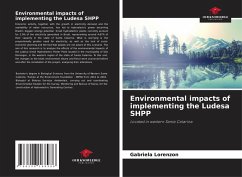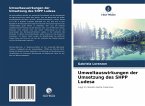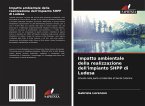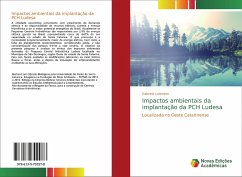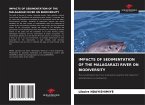Economic activity, together with the growth in electricity demand and the availability of water resources, has led to hydroelectric power becoming Brazil's biggest energy potential. Small hydroelectric plants currently account for 2.9% of the electricity generated in Brazil, representing around 4.67% of their capacity in the state of Santa Catarina. What is worrying is the proportionally greater need for electricity, as well as the lack of socio-economic planning and the fact that people are not aware of this scenario. The aim of this research is to analyse the effects of the environmental impacts of the Ludesa Small Hydroelectric Power Plant located in the municipality of São Domingos, in the western region of the state of Santa Catarina. To this end, the changes to the biotic environment (fauna and flora) were assessed before and after the installation of the project, analysing their alterations.
Bitte wählen Sie Ihr Anliegen aus.
Rechnungen
Retourenschein anfordern
Bestellstatus
Storno

